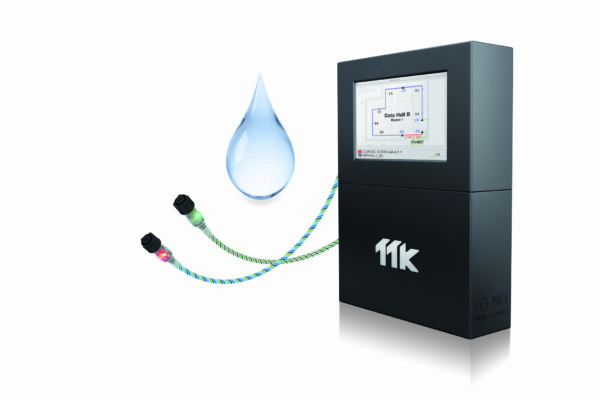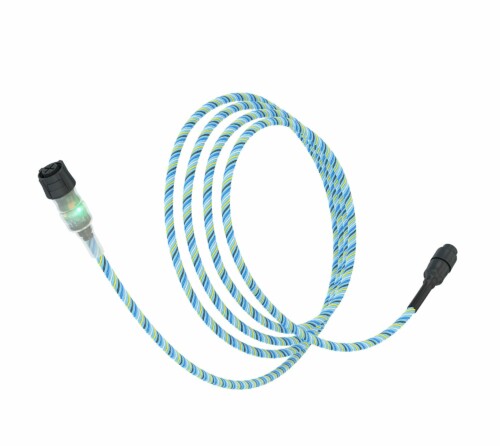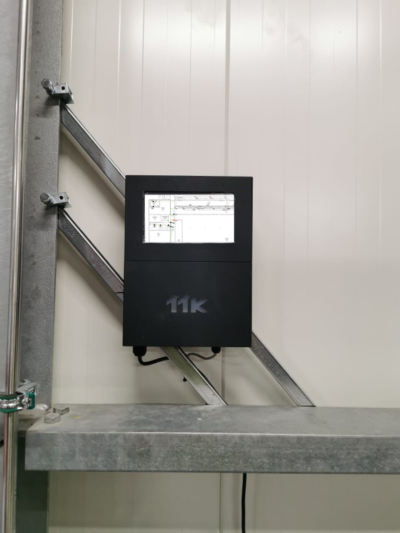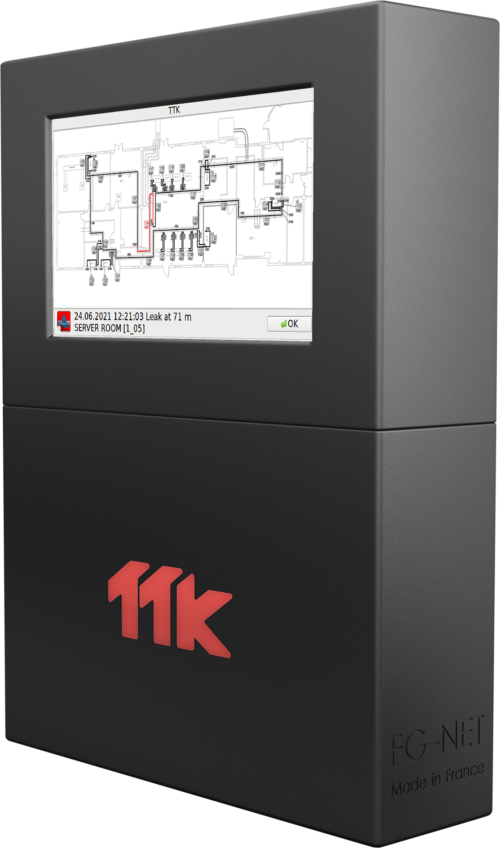TTK Leak Detection Solutions for Efficiently Detecting Leaks in Data Center Cooling Systems
TTK Leak Detection Solutions for Efficiently Detecting Leaks in Data Center Cooling Systems
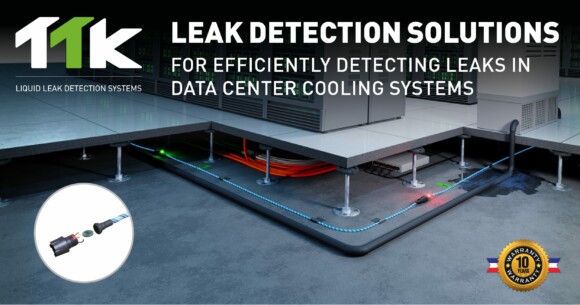
The Critical Role of Leak Detection in Data Center Cooling Systems
Data centers, pivotal in digital infrastructure, rely on precise cooling systems to prevent equipment overheating and ensure optimal performance. These intricate networks of pipes, often running beneath raised floors or above raised ceilings, pose significant risks if leaks remain undetected. Any leakage can result in severe consequences as damaging servers and disrupting operations. Moreover, water intrusion in technical areas poses a risk of short circuits, potentially sparking destructive fires.
Detecting leaks beneath the raised floor, especially within cooling systems, is pivotal. These areas house vital cooling infrastructure crucial for temperature regulation and preventing hardware failures. Prompt identification of leaks under the raised floor ensures early intervention, mitigating potential damage to crucial systems, and averting disruptions that could impede data center functionality. Early detection not only protects hardware but also upholds the data center's reliability, averting costly downtime and ensuring uninterrupted service provision.
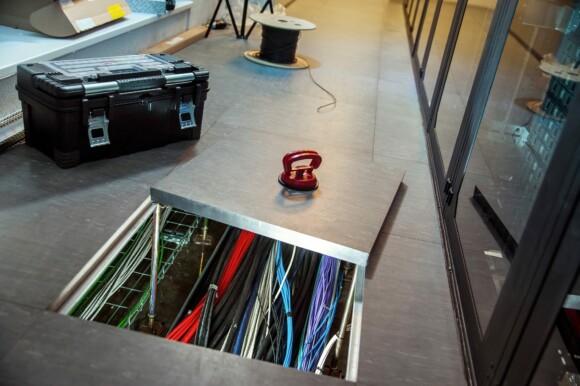
An exposed raised floor within a data hall
Selecting the Right System
Choosing an appropriate system is paramount. A leak detection system is often based on sensing cables and leak monitoring panels.
Sensing Cables:
Systems employing dust-resistant advanced sensing cables offer optimal protection. The space under raised floors can accumulate dust, posing challenges for sensing cables to detect solely water and not conductive dust or condensation, leading to "nuisance alarms". To mitigate such alarms and ensure reliable detection, it's advisable to select cables integrating independent microcontrollers on individual cable lengths. TTK's addressable sensing cable stands out thanks to two features:
- Its patented design detects water ingress while remaining undisturbed by dust or conductive residues.
- The embedded microcontroller enhances protection by tolerating surface pollution.
TTK's FG-EC addressable water sensing cable
Leak Monitoring Panels:
TTK offers a range of detection control units, including the versatile FG-NET digital monitoring panel, providing an all-in-one leak detection solution. The FG-NET offers fully mapped, multiple simultaneous leak locations accurate to 1m across up to 500 lengths of sensing cables, coupled with advanced alarm systems and TTK's management software, TTKweb™.
|
|
|
Advantages of TTK Leak Detection Solutions for Data Centers
- Early and accurate leak detection (precise to 1m)
- Reliable detection preventing false alarms
- Simultaneous fault detection avoiding overlapping leaks in the same zone
- Increased response time due to early and accurate detection
- Cost reduction with reusable addressable cables
- Easy installation with MODBUS integration and TCP/IP connection
- Robustness, long service life, and a standard 10-year warranty
- Tailored for data centers and generators, ensuring high performance
Prevention is Better than Cure
In the ever-evolving data center management landscape, leak detection remains pivotal. "Prevention is better than cure," employing multiple protections and redundancy in data centers aims to mitigate downtime and maximize business continuity. TTK's advanced solutions ensure unparalleled protection, enabling data centers to operate efficiently and reliably without compromising safety.
TTK: Beyond Manufacturing
For over three decades, TTK has been the world's foremost manufacturer of liquid leak detection systems. Renowned data centers globally rely on our latest-generation systems. More than just manufacturing, TTK provides turnkey solutions, from customized creation to installation, commissioning, and maintenance. Our systems adapt to your evolving needs, maximizing data center uptime while minimizing costs.
